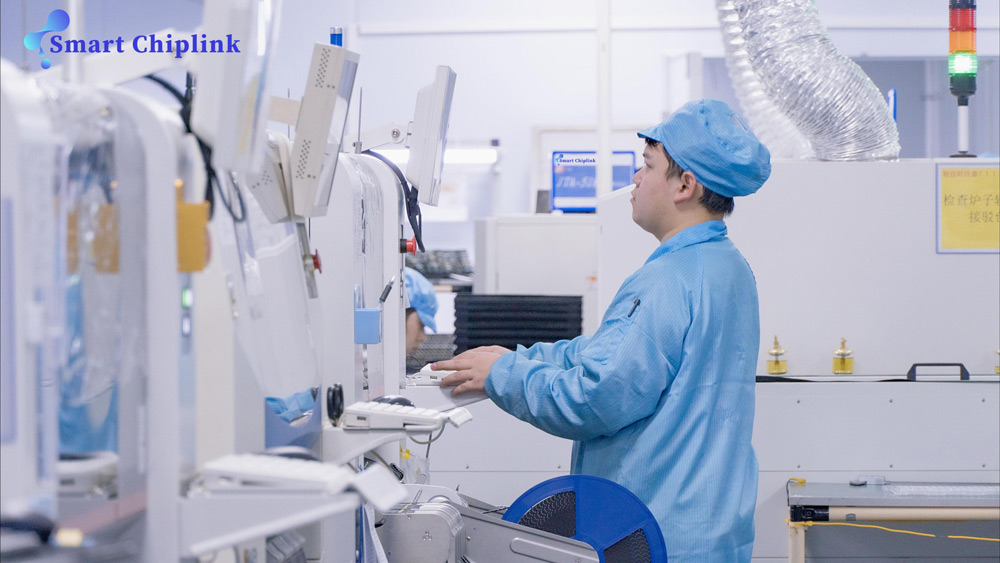In the realm of electronics manufacturing, Surface Mount Technology (SMT) assembly has become a cornerstone, revolutionizing the industry with its efficiency and precision. This article will take you through the main SMT assembly steps, shedding light on the intricate yet fascinating process of creating electronic devices.
What are the main SMT assembly steps?
The SMT assembly process begins with the Solder Paste Printing. This is the first and one of the most critical steps, where a stencil is used to apply solder paste to the areas of the printed circuit board (PCB) where components will be placed. The precision in this step is paramount as it ensures the correct amount of solder paste is applied, which directly impacts the quality of the final product.
The second step is the Component Placement. Here, the components are accurately placed on the PCB where the solder paste has been applied. This is typically done by high-speed pick-and-place machines, which can place thousands of components per hour with high precision.
Following the placement, the assembly moves into the Reflow Soldering phase. The PCB is passed through a reflow oven, where it is heated to melt the solder paste. The molten solder paste creates a bond between the components and the PCB. This step is crucial as it forms the permanent connections that make the electronic device function.
The fourth step is Inspection and Quality Control. After reflow soldering, each board is meticulously inspected for defects. This can be done manually or with the help of Automated Optical Inspection (AOI) machines. Any detected flaws are corrected before the product moves to the next stage.
The Final Assembly is the concluding step. Here, any additional components that cannot go through the reflow oven are manually added. This includes items such as heat sinks or wired components. After this, the PCBs are usually tested again to ensure they function as expected.
Lastly, the PCBs are packaged and prepared for shipping. This marks the end of the SMT assembly process, but it is equally important as it ensures the products reach the customer in perfect condition.
In conclusion, SMT assembly is a complex yet rewarding process. It requires precision, attention to detail, and rigorous quality control. However, the result is the efficient production of high-quality electronic devices that power our world. As technology continues to advance, we can expect the SMT assembly process to become even more streamlined and efficient, opening up new possibilities in the electronics manufacturing industry.

 English
English Español
Español Português
Português русский
русский français
français 日本語
日本語 Deutsch
Deutsch Tiếng Việt
Tiếng Việt Italiano
Italiano Nederlands
Nederlands ไทย
ไทย Polski
Polski 한국어
한국어 Svenska
Svenska magyar
magyar Malay
Malay বাংলা
বাংলা Dansk
Dansk Suomi
Suomi हिन्दी
हिन्दी Pilipino
Pilipino Türk
Türk Gaeilge
Gaeilge عربى
عربى Indonesia
Indonesia norsk
norsk čeština
čeština Ελληνικά
Ελληνικά Українська
Українська Javanese
Javanese فارسی
فارسی български
български ລາວ
ລາວ Latine
Latine Қазақ
Қазақ Euskal
Euskal Azərbaycan
Azərbaycan slovenský
slovenský Македонски
Македонски Lietuvos
Lietuvos Eesti Keel
Eesti Keel Română
Română Slovenski
Slovenski Српски
Српски 简体中文
简体中文 Беларус
Беларус




